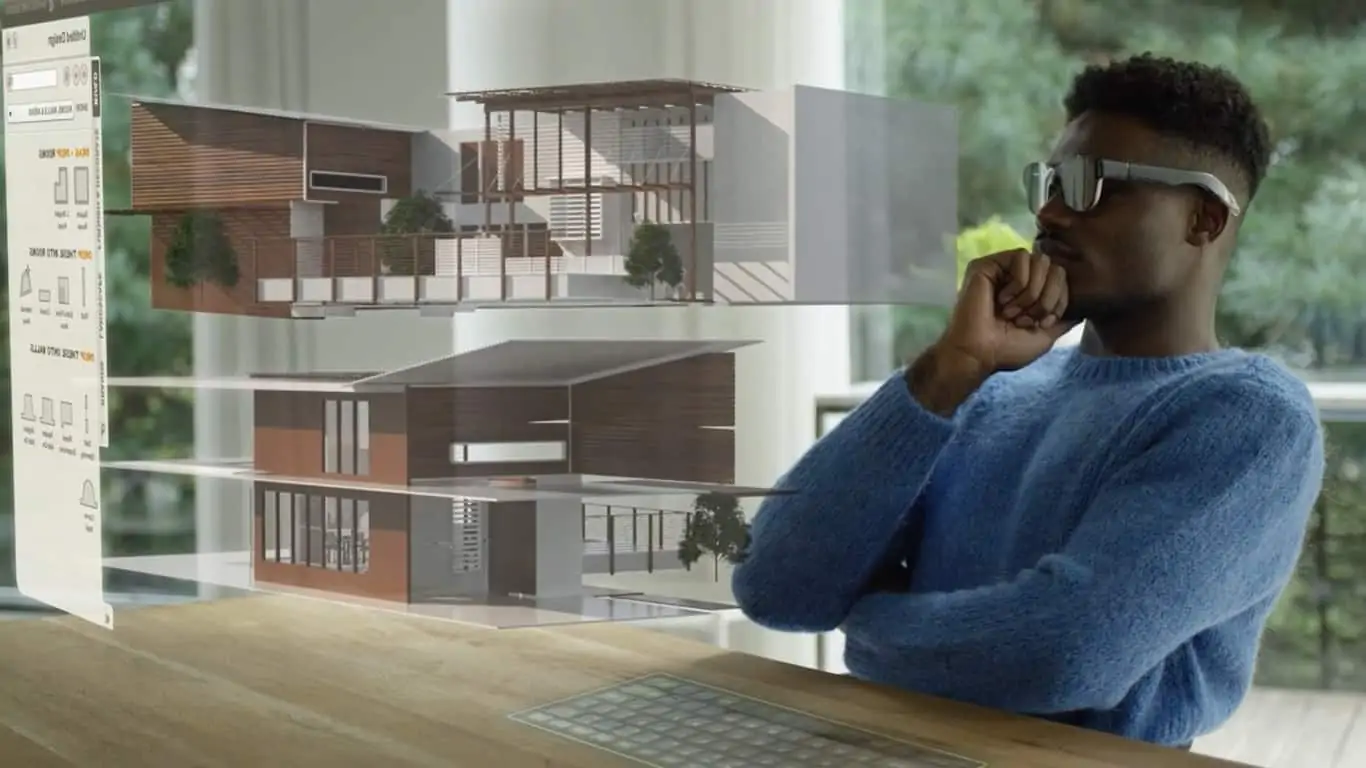Samsung reportedly prefers MicroLED displays over OLED displays for AR (augmented reality) headsets. The need for high luminance or brightness on AR devices makes MicroLED panels an ideal solution, a company executive recently revealed. OLED panels don’t allow for the development of new LED tech to realize this brightness need, Korean publication The Elec cites Samsung Display group leader Kim Min-woo as saying. Kim was speaking at the MicroLED Display Workshop industry event in the South Korean capital of Seoul last week.
According to the new report, Samsung Display is developing On Silicon panels for AR devices. These panels use silicon instead of glass used by traditional display solutions. The company is developing both OLED and MicroLED-based On Silicon panels but the long-term plan is MicroLED solutions. It is aiming to make MicroLED AR displays with a pixel density of 6,600 PPI (pixels per inch). Such high pixel density would allow for a high-quality, crisp image with plenty of detail.
The Samsung executive added during the event that AR, VR (virtual reality), and MR (mixed reality) have different needs regarding the screen. Since AR involves interaction with the real world, AR displays should be brighter to nullify the ambient light. Higher pixel density is also essential for a clearer picture on the screen. Kim said AR displays must have a minimum pixel density of 5,000 PPI. He also shared that the pixel pitch, i. e. the distance between the pixels, must be five micrometers or below.
Additionally, Kim revealed that AR displays must have red, green, and blue subpixels three micrometers or smaller in size. The LED chip must also be ten micrometers or smaller.
Google may also be making MicroLED AR displays
Samsung isn’t the only tech biggie with eyes on AR, VR, and MR industries. While the Korean firm may not be making devices itself, it is looking to offer various components and solutions to other firms, such as Apple and Meta. Google is another big name with an interest in AR and VR. And it may be making MicroLED AR displays too. The company acquired MicroLED display startup Raxium in May this year.
With Metaverse a thing now, more companies are making forays into these next-gen technologies. Meta recently launched the $1,500 Quest Pro VR headset aimed at professionals. It features two LCD screens with local dimming and quantum dot technology, and significantly improved pixel density over the previous-gen model. The Meta Quest Pro is now available for pre-order.

